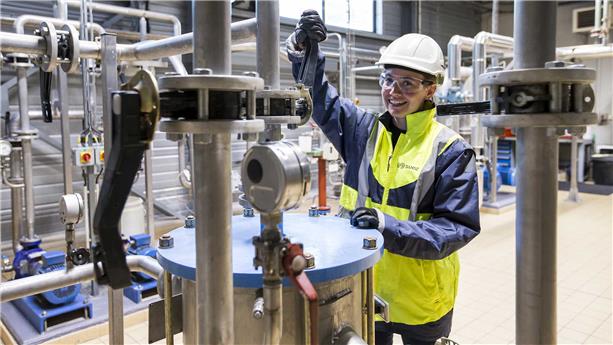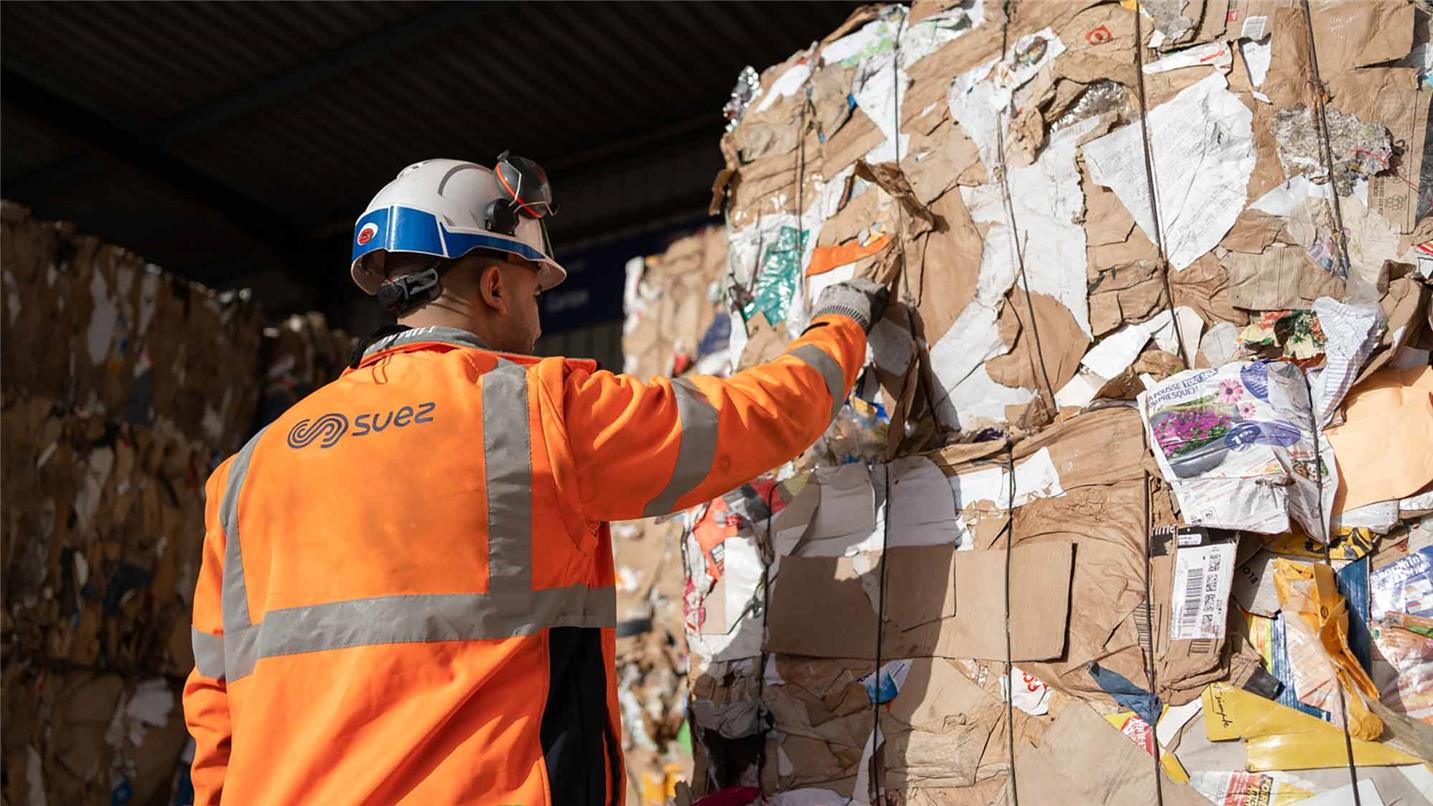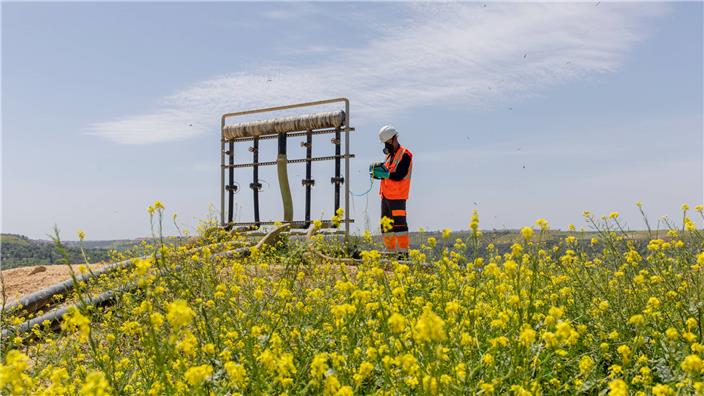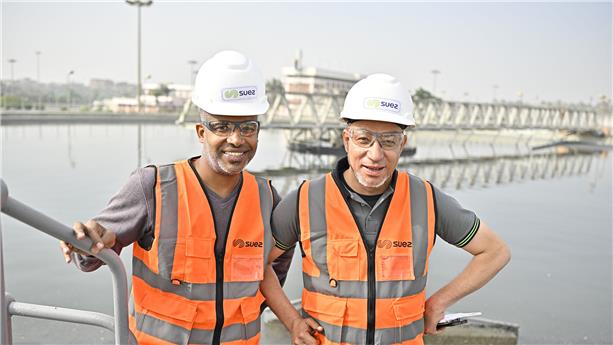
Know the carbon impact of waste management
To help you manage the environmental impact of your waste services, and to set up appropriate progress plans, you need indicators. GHG reports and assessments are produced by our experts using the CO2Pilote tool.
CO2Pilote allows:
- Better traceability of your waste journey with a global and detailed view by site of the GHG emissions generated and avoided by flow,
- Identify the items that emit the most GHGs,
- User benefits,
- Optimise the management of the recycling of your waste and its carbon footprint,
- The implementation of a progress plan towards more recycling of your waste, and therefore less TGAP, while ensuring your regulatory compliance through the analysis of your results.
Technology and innovation
In order to reduce the carbon footprint linked to waste, we offer you effective digital solutions adapted to your other operational challenges.
For example, we have developed the wasteconnect® range to optimise the collection of household waste from local authorities and companies. Our IoT products of level sensors for Voluntary Drop-Off Points and compactors make it possible to schedule collections at the right time and limit unnecessary journeys without the risk of overflows. The reduction of trucks on the roads has the positive consequence of reducing the resulting carbon emissions.
Our wasteconnect® tracker solution for waste containers, in the same logic, contributes to optimised fleet management, more relevant routes, and intelligent management for the environment.
Commitment to sustainability
Capture tons of CO₂, store it or recover it
Capture of CO₂ emissions during the energy recovery of household waste
The energy recovery of household waste generates greenhouse gas emissions, mainly CO2. Two types of CO2 are distinguished:
- Fossil CO2, mainly from the recovery of plastic. Better sorting of plastic packaging for recycling in the area of the waste-to-energy unit will have a direct impact on reducing greenhouse gas emissions.
- Biogenic CO2, from the combustion of biomass from agriculture or forestry. The sorting and treatment of bio-waste will reduce the production of gas in the unit.
As it will not be possible to eliminate all greenhouse gas emissions in the environment, we are exploring advanced technologies for the capture, storage and use of CO2 from household waste treatment, which will play a major role in achieving our Sustainable Development Goals.
- Capture: we develop efficient solutions, which do not jeopardize the operation of the energy recovery unit, and can capture nearly 95% of the CO2 emitted
- Use: the CO2 extracted from the flue gases of the energy recovery unit can be used in many applications: feeding agricultural greenhouses to promote plant growth, transformation into e-fuel, etc.
- Sequestration: Depending on your local situation and if it is not possible to use CO2, we develop partnerships with local storage sites.
Biochar
Biochar, nicknamed "black gold", is a solution that we are developing to trap CO2 in the soil using forestry, landscape and agricultural residues. This process not only sequesters carbon, but also regenerates the soil and limits the use of synthetic fertilizers, thus reducing the carbon footprint of our operations.
- Used as a soil improver, biochar has several benefits, such as carbon sequestration, increased nutrient retention, aeration and optimised soil drainage. Its properties allow it to contribute to soil regeneration, limit the use of fertilizers and preserve water resources.
- Added to the formulation of concrete or asphalt, biochar brings new functionalities to these final products while helping to reduce its carbon footprint, a key issue for the construction sector.
- Finally, the production of biochar by high-temperature pyrolysis, without oxygen, makes it possible to generate excess energy in the form of steam or pyrolysis oil, which can be directly recovered on site.
Reduce the carbon footprint of non-hazardous waste storage facilities
This management must result in zero CH4 emissions from the decomposition of waste, no leachate discharged, no plastic release into nature.
Green Landfills contribute to the circular economy by recovering green energy for biogas production, which can be fed back into natural gas distribution networks or electricity and heat production.
Biogas comes from the anaerobic fermentation of organic matter from waste stored in lockers and covered. It is collected through wells and then prepared before being recovered in cogeneration. Electricity is recovered using a specific engine for biogas and requires dehumidification and activated carbon filtration beforehand.
In addition to energy production, Green Landfills offer many advantages:
- Production of water from treated leachate, which can be reused for agriculture or industry
- Protection of natural capital (soil, water) and biodiversity through the remediation of the site, the preservation of fauna on the centre's right-of-way (wetlands, nesting sites, etc.), the elimination of leachate discharges into the natural environment
- Job creation
- Contribution to public health, by preventing fires, aerosols and the release of solid waste into the environment
Our inspiring stories
Reduction of CO₂ emissions by 2030: "Net Zero Teesside"
In the UK, we signed a Memorandum of Understanding (MoU) with BP to explore the feasibility of the UK's first project to capture and store carbon from waste-to-waste.
The Net Zero Teesside project aims to capture up to 10 million tonnes of carbon dioxide (CO₂) emissions, equivalent to the annual energy consumption of more than 3 million homes in the UK.
As part of this agreement, we will develop a carbon dioxide (CO₂) capture solution at one of the four waste-to-energy sites operated by the Group in the vicinity of Teesside. Once captured, the CO₂ will be supplied to BP for transport and permanent storage in a geological storage facility located under the North Sea.

Contribute to carbon neutrality: in partnership with Airex Energy, we will industrialize an innovative carbon storage solution to restore soil quality and act for the climate
The first phase will be commissioned in 2024 and will have an initial production capacity of 10,000 tonnes per year. By 2026, the annual production capacity will triple and make it the largest biochar plant in North America, and one of the largest in the world. This is the first achievement resulting from our partnership with Airex Energy, aiming to produce 350,000 tons of biochar by 2035.
This first in Canada will rely on the know-how, CarbonFX™ pyrolysis technology and equipment developed by Airex Energy, as well as our expertise as a world leader in the processing and recovery of organic waste, agricultural amendments and biofertilizers, and new resources from the circular economy to reduce our customers' carbon footprint.
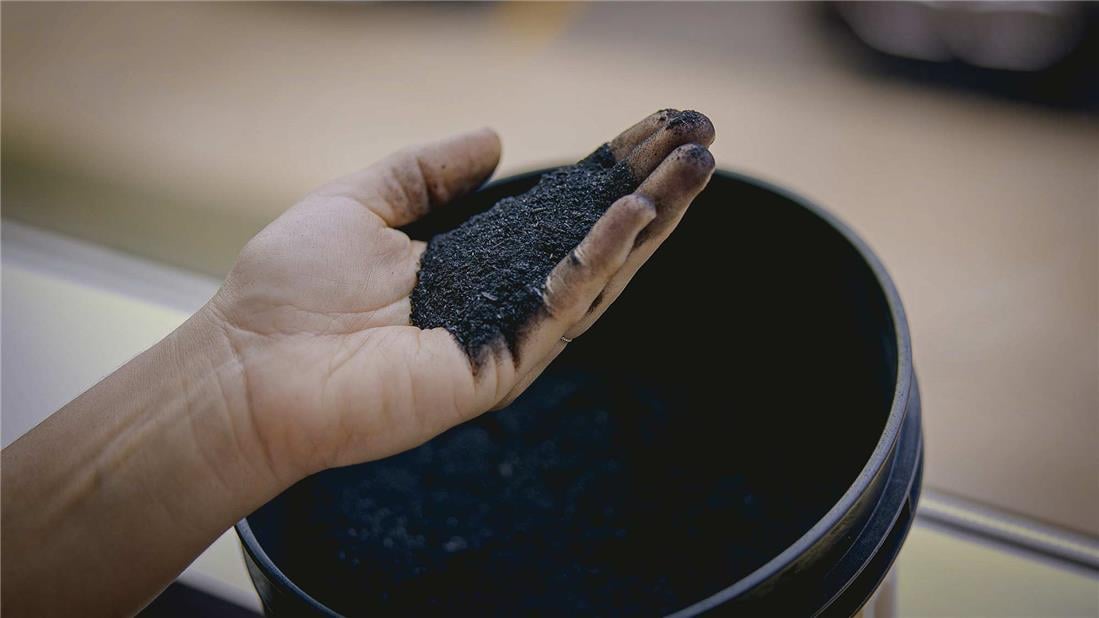
Our other collaborations
Frequently Asked Questions
Poor waste management has harmful consequences for our environment:
- Air pollution: Waste pollutes the air we breathe, leading to respiratory illnesses and death.
- Water pollution: Waste pollutes the waters we drink and the oceans, leading to a deterioration of biodiversity. At sea, waste can be ingested by marine fauna.
- Soil pollution: Waste pollutes the soils on which we grow our food, even making them sterile.
Good waste management makes it possible to avoid all this pollution, by preventing its dispersion in the environment and by capturing all the discharges related to its treatment.

